Soft Quitting: A New Challenge for Employers and HR Teams
In recent years, workplace trends have shifted significantly, and "soft quitting" has emerged as a concerning development for employers. Unlike "quiet quitting," where employees do the bare minimum to meet job expectations, soft quitting occurs when employees emotionally disengage from their work. While their output may remain steady, the quality and enthusiasm they bring to their roles decline, creating long-term challenges for organisational culture and productivity.
What is Soft Quitting?
Soft quitting, as described by workplace experts, is a subtler and potentially more damaging form of disengagement. Employees lose their connection to their work, feeling unmotivated and indifferent. Unlike quiet quitters, who can often be reinvigorated with clearer expectations or added responsibilities, soft quitters require deeper intervention. They need to believe their contributions are meaningful and aligned with their personal and professional goals.
This trend echoes broader societal shifts, such as the Chinese "tang ping" (lying flat) movement, which embraces a minimalist lifestyle and rejects the pressures of the rat race. It also ties into what Gallup describes as the "great detachment," a phenomenon where employees feel increasingly disconnected from their jobs. Gallup's data indicates that detachment not only impacts productivity but also stifles organisational change efforts, as disengaged employees are less likely to support new initiatives.
The Role of HR in Addressing Soft Quitting
For HR teams, soft quitting presents a unique challenge. Unlike visible performance issues, soft quitters can be difficult to identify because they continue meeting basic expectations. However, their disengagement subtly undermines team dynamics, innovation, and morale over time.
To tackle this issue, HR professionals can take proactive steps to re-engage employees:
- Foster a Culture of Purpose: Employees need to see the value of their work and understand how it contributes to broader organisational goals. Regular communication about the company’s mission and vision can help bridge this gap.
- Prioritise Employee Development: Providing opportunities for skill growth and career advancement can rekindle enthusiasm. Training programs, mentorship, and clear pathways for promotion are essential tools.
- Encourage Feedback and Involvement: Creating an open environment where employees feel heard and valued can reignite their sense of belonging. Regular check-ins and surveys can help HR identify concerns early.
- Leverage Hybrid Work Benefits: While remote work can sometimes contribute to detachment, flexible policies that prioritise work-life balance and mental health can boost engagement when implemented thoughtfully.
The Potential Impact of AI
As soft quitting highlights the challenges of human engagement, advancements in artificial intelligence (AI) add another layer of complexity. AI is poised to automate many tasks, particularly in high-skill roles. While this can boost efficiency, it also raises concerns about job security and inequality. Research suggests that 30–60% of jobs in advanced economies are at risk of being affected by AI. This uncertainty can further exacerbate disengagement among employees who feel their roles are undervalued or replaceable.
For HR teams, this underscores the importance of focusing on human-centered strategies to combat disengagement. By emphasising empathy, growth, and purpose, HR can create environments where employees feel supported despite technological shifts.
Turning Soft Quitters Into Engaged Contributors
Soft quitting is a wake-up call for employers to prioritise their people. Rather than viewing disengagement as a threat, HR professionals can see it as an opportunity to refine workplace culture and better align with employee expectations. By fostering connection, offering growth opportunities, and addressing concerns head-on, companies can not only prevent soft quitting but transform it into a catalyst for renewed engagement and innovation.
As your trusted HR partner, we’re here to help you navigate these challenges and create workplaces where employees thrive. Reach out to learn how our solutions can support your team in this evolving landscape.
New paragraph












